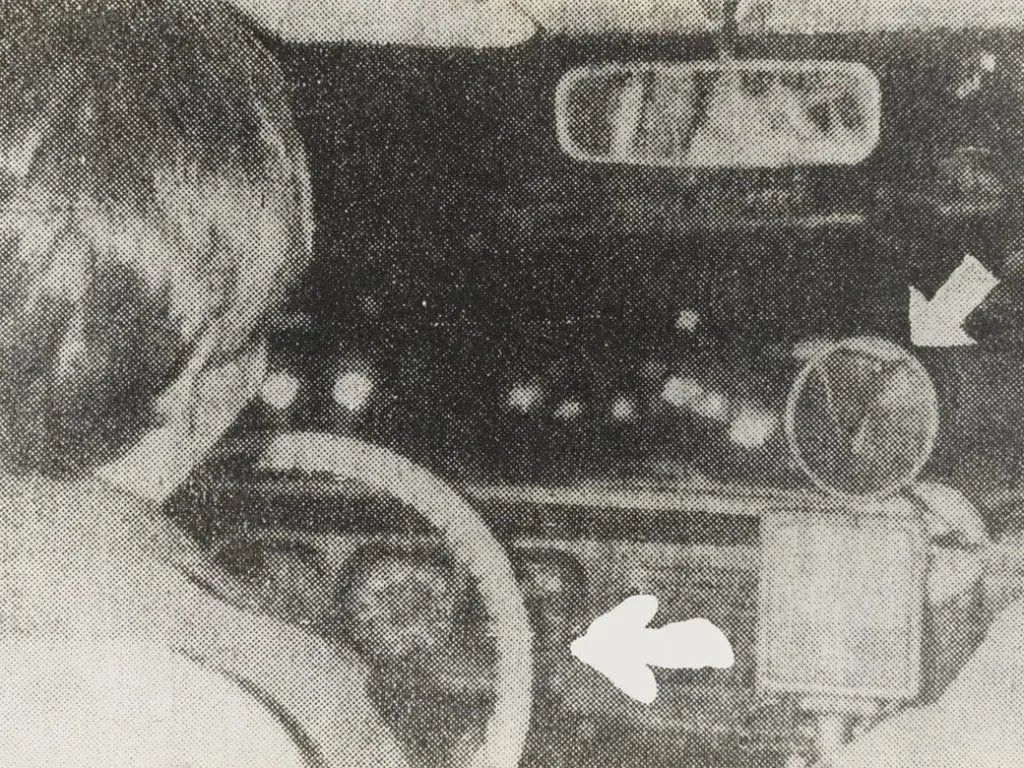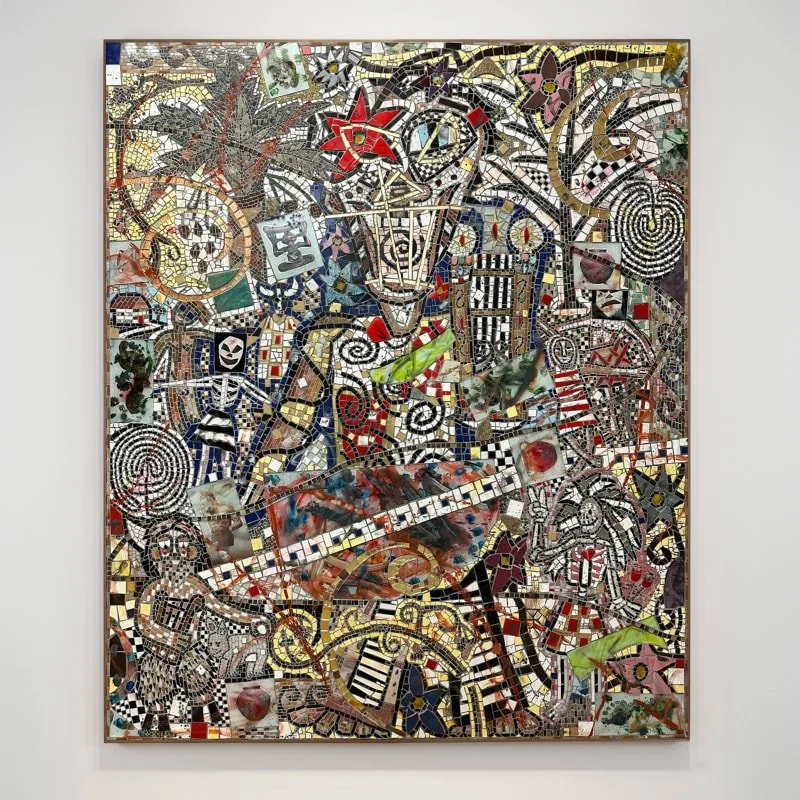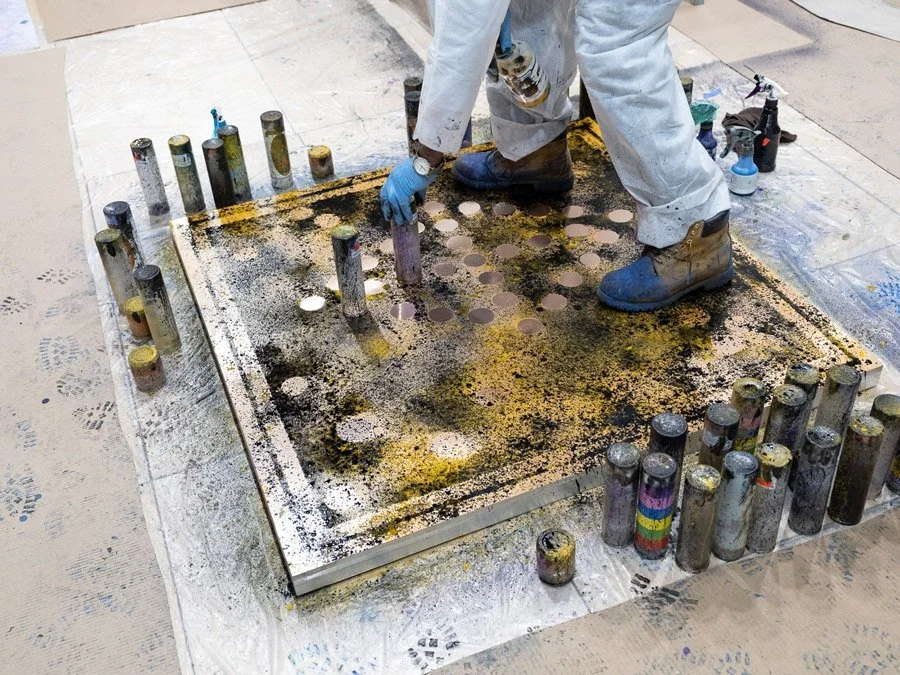Sung Neung Kyung
“Off the beaten track: the artistic meanderings of Sung Neung Kyung”
New York, 501 West 24th Street
As a key member of the influential art collective ‘Space & Time’ throughout the 1970s and 1980s, Sung’s artistic practice was shaped by conceptual art and the political turmoil of South Korean democracy. His work often features everyday objects and deconstructs established forms, using his body to engage the public and transform the mundane into the provocative. Sung’s practice is process-oriented, focusing on ephemeral works and unique performances documented as photographic installations.
Off the beaten track: the artistic meanderings of Sung Neung Kyung unites crucial pieces of Sung’s artistic practice. As one of the first Korean artists to embrace photography in the 1970s, Sung's interest in the medium began while working with newspapers; he staged performances where he cut out the text of articles, leaving only ads and images. In Reading newspapers, presented in the gallery as a printable film, Sung cuts out headlines from local papers until only skeletal frames remain. This act demonstrates that meanings are shaped not by fixed definitions, but by their public usage and expression.
Initiated in 1979, the artist’s acclaimed Venue series demonstrates his long-standing interest in the dynamic between language and power. Here, the artist carefully arranges close-up shots of press photographs that contain graphic symbols (like dotted lines, arrows, circles, and triangles), then adds additional symbols to their surfaces with ink. In this way, Sung critiques media censorship and suggests alternative modes of knowledge production and information sharing. In Venue 2 (1980), the artist photographs a press image of a taxi driver with an arrow pointing to the taxi fare meter, chosen to reference the controversial government policy on taxi meter replacements and fluctuating fares. Drawing arrows on the 18 film negatives, Sung directs attention to different locations from those highlighted by the original newspaper editor, disrupting the intended messages of the original images. Through this act of alteration, Sung challenges editorial authority and the political implications embedded in the newspaper’s narrative, using the same tools that shape public discourse to subvert and deconstruct it.
Works from the artist’s Everyday English series, which he began in 2003, transform everyday objects using newspapers that have been delivered to Mr. Sung’s door. In these works, Sung meticulously anotates the “English Review” pages of these daily papers, integrating his English language studies into his artistic practice. Each year since the inception of the series, Sung has produced approximately two hundred collage-drawings from these newspapers. This routine challenges both traditional definitions of art-making and the artist’s role while underscoring the continued significance of newspaper reading in his work. For Sung, Everyday English embodies the intersection of his art, life, and studies, representing what he views as a ‘sacred trinity’ of his existence.
Anchoring the exhibition is An upside down map of Die Westlichen Erdteile (2024), which reimagines traditional cartography by using perspectival shifts to challenge understandings of geography and cultural narrative. Based on the latitude and longitude grids, a map of the Americas is divided into rectangular sections measuring 19 x 15 cm each, resulting in a total of 285 pieces. The pieces are then randomly rearranged to disrupt the cartographic layout and render it 'illegible.' Through this disarray, Sung reveals how geography has misconstructed public perception and highlights the fictional nature of the world, drawing attention to the politics of cartography.







